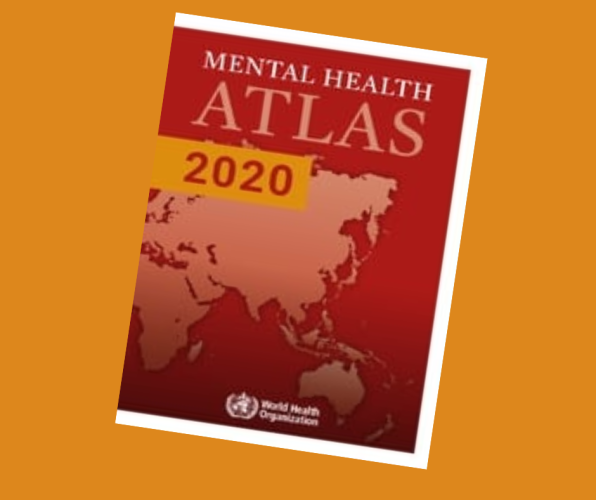WHO and AIHW release new mental health data
New national and international data on mental health is released during Mental Health Week.

New national and international data on mental health is released during Mental Health Week.
New information about mental health in Australia and across the world is available today from the Australian Institute of Health and Welfare and the World Health Organization, respectively.
The AIHW is about to release new data relating to ambulance attendances for suicide attempts, suicidal ideation, self-injury, and a modelling study on the association between socioeconomic factors and deaths by suicide. It will be available on the AIHW website this morning.
The reporting of suicide and self-harm information is part of the National Suicide and Self-harm Monitoring Project. See the most update information about Australia’s mental health services here.
For an international perspective, see the Mental Health Atlas 2020, which was released this week. This report, published by the WHO every three years, provides a compilation of data from by countries around the world about their mental health policies, legislation, financing, human resources, availability and utilisation of services and data collection systems. It is intended to be a guide for countries for the development and planning of mental health services.
The Mental Health Atlas 2020 includes information and data on the progress made towards achieving mental health targets for 2020 set by the global health community and included in WHO’s Comprehensive Mental Health Action Plan.
The Mental Health Atlas 2020 shows massive inequalities in the availability of mental health resources and their allocation between high- and low-income countries and across regions. It also shows significant gaps globally between the existence of policies, plans and laws and the implementation and monitoring of these and the allocation of resources. Similar gaps can be seen in the implementation of mental health services at the primary health care level.
The report shows massive inequalities in the availability of mental health resources and their allocation between high- and low-income countries and across regions. It also shows significant gaps globally between the existence of policies, plans and laws and the implementation and monitoring of these and the allocation of resources. Similar gaps can be seen in the implementation of mental health services at the primary health care level.



